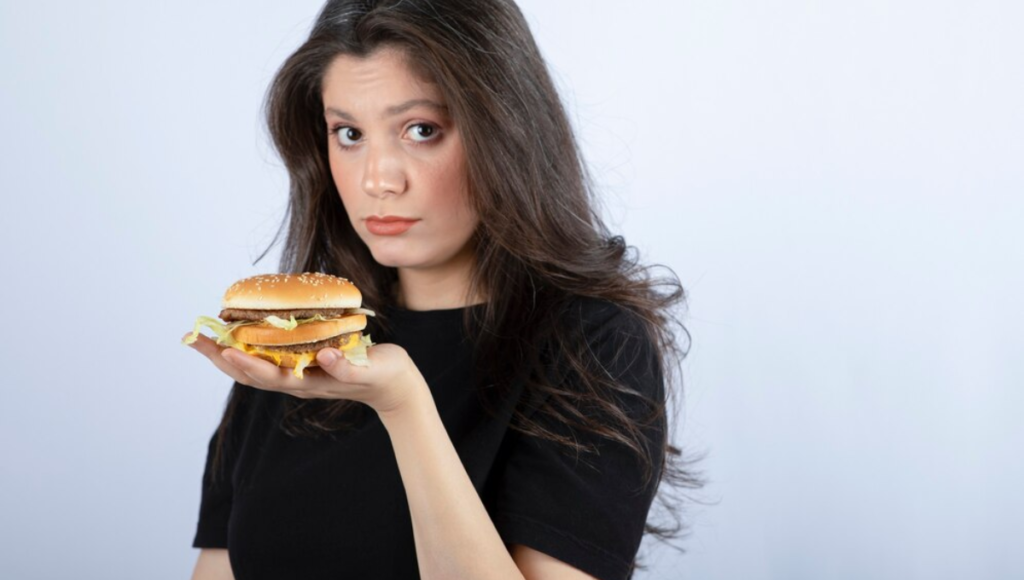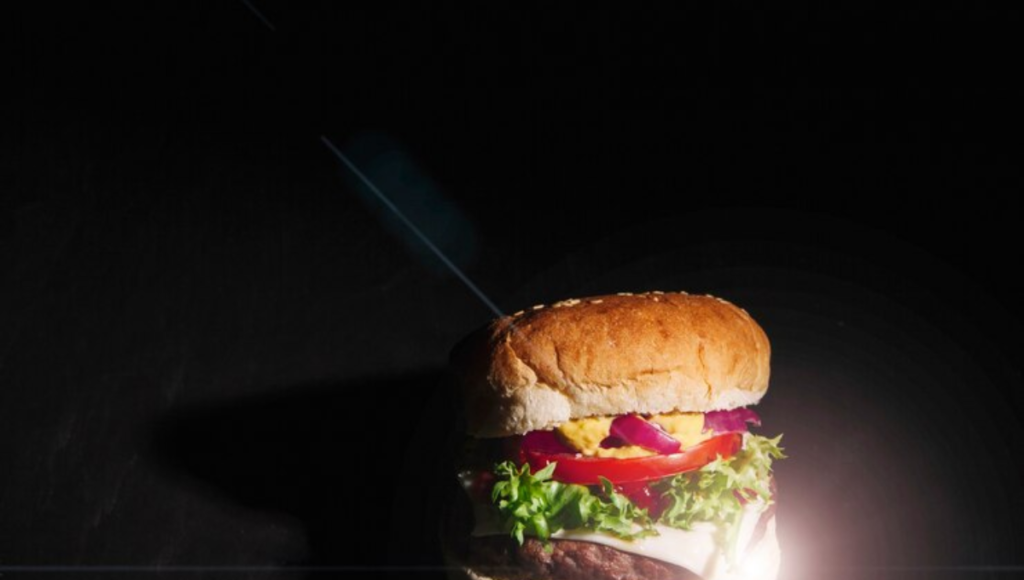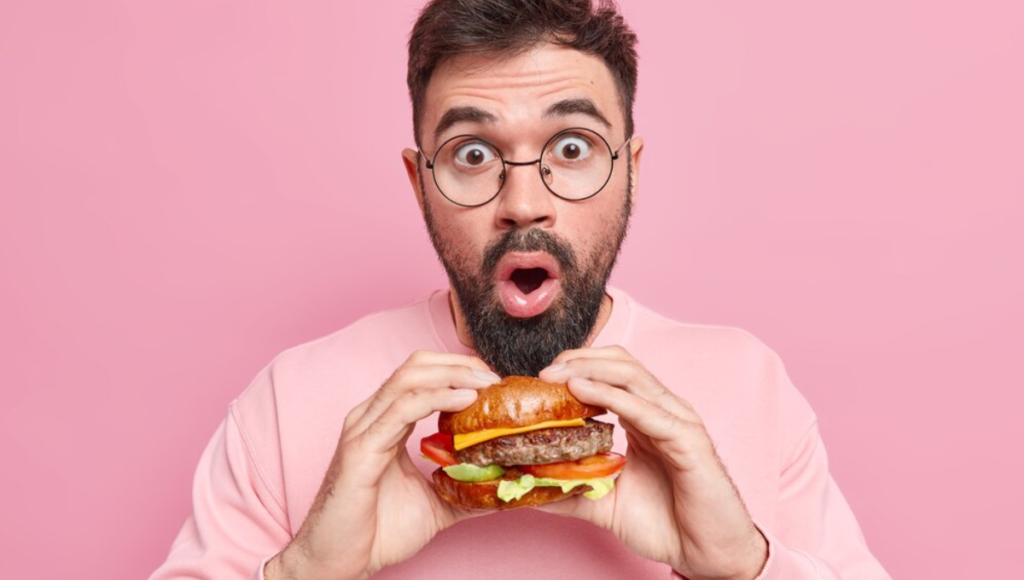Alvin Fnaffnaf Gray Flip My Burger has emerged as an intriguing blend of internet meme culture and fast-food fascination, capturing the attention of digital natives across the USA. This quirky phrase, rooted in the chaotic creativity of online communities, has sparked curiosity for its absurdity and relatability. But what exactly is Alvin Fnaffnaf Gray Flip My Burger, and why has it become a viral sensation? In this 1500-word exploration, we’ll dive into its origins, cultural significance, and how it reflects broader trends in digital and culinary spaces. Whether you’re a meme enthusiast or a fast-food lover, this article will uncover why this phenomenon resonates and how you can tap into its energy.
Must Read: Understanding 6178268535: Meaning, Uses, and Safety Tips
The Origins of Alvin Fnaffnaf Gray Flip My Burger
The phrase Alvin Fnaffnaf Gray Flip My Burger appears to have originated in the chaotic corners of internet meme culture, likely on platforms like TikTok, Reddit, or X, where nonsensical phrases gain traction through humor and repetition. While its exact birthplace remains elusive, the phrase combines a fictional character-like name (“Alvin Fnaffnaf Gray”) with the action-oriented “Flip My Burger,” evoking fast-food imagery and absurd humor. This randomness is a hallmark of modern memes, which thrive on defying logic to create shareable, laugh-out-loud content.

Meme culture has exploded in recent years, with 75% of Gen Z and Millennials engaging with memes daily, according to a 2023 YPulse survey. Alvin Fnaffnaf Gray Flip My Burger fits this trend, blending fast-food references with a surreal narrative that feels both familiar and bizarre. Its appeal lies in its ability to make people chuckle while sparking curiosity about its meaning—an ideal recipe for virality.
Why Alvin Fnaffnaf Gray Flip My Burger Resonates
At its core, Alvin Fnaffnaf Gray Flip My Burger taps into the USA’s obsession with fast food and internet humor. Fast food is a $300 billion industry in the USA, with 83% of Americans eating fast food at least once a month (Statista, 2024). Burgers, in particular, are a cultural staple, symbolizing convenience and indulgence. The phrase’s burger-flipping imagery connects to this, while its absurdity adds a layer of irony that resonates with younger audiences who mock consumerism through humor.
The “Alvin Fnaffnaf Gray” component likely draws from the trend of creating fictional personas in memes, similar to characters like “Drake” in the hotline bling meme or “Distracted Boyfriend.” These personas give memes relatability, allowing users to project emotions or scenarios onto them. For example, a TikTok video might use Alvin Fnaffnaf Gray Flip My Burger as a caption for a comedic skit about flipping burgers poorly, amassing thousands of likes for its relatability.
Cultural Significance in Digital and Culinary Spaces
Alvin Fnaffnaf Gray Flip My Burger reflects broader trends in digital culture, where memes drive engagement and shape brand strategies. Companies like Wendy’s and Burger King have leaned into meme culture, using witty social media posts to connect with younger audiences. For instance, Wendy’s Twitter account, with over 4 million followers, often uses meme-inspired humor to promote its burgers, boosting engagement by 30% compared to traditional ads (Sprout Social, 2023).
The phrase also highlights the intersection of food and digital identity. Fast-food chains are no longer just about food; they’re cultural touchstones that memes like Alvin Fnaffnaf Gray Flip My Burger amplify. This phenomenon shows how internet culture can transform mundane concepts (like burger flipping) into viral moments, creating a shared language for millions.

Tips for Engaging with Alvin Fnaffnaf Gray Flip My Burger Culture
Want to join the Alvin Fnaffnaf Gray Flip My Burger craze or leverage meme culture for your brand? Here are five actionable tips:
- Create Relatable Content: Use platforms like TikTok or Instagram Reels to share short, humorous videos featuring the phrase. For example, a video of someone dramatically “flipping” a burger with the caption “Alvin Fnaffnaf Gray energy” could go viral.
- Engage with Communities: Join Reddit threads or X conversations about Alvin Fnaffnaf Gray Flip My Burger. Commenting with witty takes can build your online presence and attract followers.
- Incorporate Fast-Food Themes: If you’re a content creator or brand, tie the phrase to burger-related content. A fast-food chain could launch a limited-time “Alvin Fnaffnaf Gray Burger” with quirky branding to capitalize on the trend.
- Stay Authentic: Meme culture thrives on authenticity. Avoid forcing the phrase into unrelated contexts, as it may come off as inauthentic and alienate your audience.
- Track Trends: Use tools like Google Trends or AnswerThePublic to monitor the phrase’s popularity and related keywords. This helps you stay ahead of the curve and create timely content.
Examples of Alvin Fnaffnaf Gray Flip My Burger in Action
To illustrate its impact, consider these hypothetical examples:
- TikTok Skit: A user posts a video of themselves flipping a burger in slow motion, with text overlay reading, “When Alvin Fnaffnaf Gray flips my burger.” The video garners 500,000 views, sparking a trend where others recreate the scene.
- Brand Campaign: A regional burger chain launches an “Alvin Fnaffnaf Gray Flip My Burger Challenge,” inviting customers to share videos of their best burger flips. The campaign generates 10,000 user-generated posts, boosting brand visibility.
- Meme Page Post: An Instagram meme page shares a graphic of a confused cartoon character with the caption, “Alvin Fnaffnaf Gray trying to flip my burger.” The post gets 20,000 likes, spreading the phrase further.
These examples show how Alvin Fnaffnaf Gray Flip My Burger can be a versatile tool for engagement, whether you’re an individual or a brand.
Statistics Behind Meme and Fast-Food Culture
To contextualize the phenomenon, here are key stats:
- Meme Engagement: 60% of social media users share memes weekly, with humorous content driving 2x higher engagement than traditional posts (Hootsuite, 2024).
- Fast-Food Influence: Burgers account for 20% of fast-food sales in the USA, with chains like McDonald’s serving 4.6 billion burgers annually (QSR Magazine, 2024).
- Viral Potential: TikTok videos with niche hashtags (like #AlvinFnaffnafGray) can reach 1 million views within 48 hours if they tap into trending audio or themes (TikTok Analytics, 2024).
These numbers underscore why Alvin Fnaffnaf Gray Flip My Burger has the potential to cut through the noise and capture attention.

Call-to-Action: Join the Alvin Fnaffnaf Gray Flip My Burger Movement
Ready to dive into the Alvin Fnaffnaf Gray Flip My Burger craze? Start by creating your own meme or video featuring the phrase and share it on TikTok, X, or Instagram with the hashtag #AlvinFnaffnafGray. If you’re a brand, consider a playful campaign that ties the phrase to your products. Engage with the community, have fun, and watch your online presence soar! Don’t wait—flip your burger and join the viral wave today!
5 Questions and Answers About Alvin Fnaffnaf Gray Flip My Burger
- What is Alvin Fnaffnaf Gray Flip My Burger?
It’s a viral meme phrase combining a fictional persona with fast-food imagery, popular on platforms like TikTok and X for its absurd humor. - Where did the phrase originate?
While its exact origin is unclear, it likely emerged from online meme communities on Reddit, TikTok, or X, gaining traction for its randomness. - Why is it popular in the USA?
The phrase taps into America’s love for fast food and meme culture, resonating with Gen Z and Millennials who enjoy ironic humor. - How can brands use Alvin Fnaffnaf Gray Flip My Burger?
Brands can create campaigns or user-generated content challenges around the phrase, tying it to burger-related products for engagement. - What’s the future of this meme?
As meme culture evolves, the phrase may inspire new iterations or fade, but its current traction suggests staying power through 2025.










